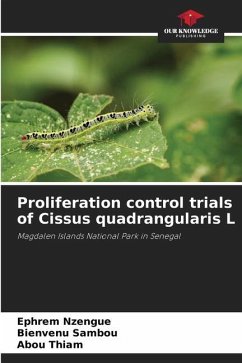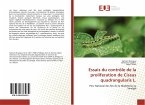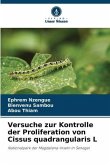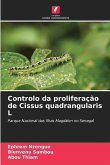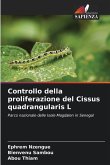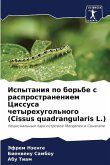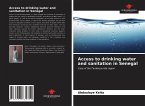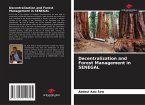National parks are protected areas representative of a country's natural ecosystems. The introduction of foreign plants into these natural ecosystems poses a risk to biodiversity conservation, especially when these protected areas are insular. For several decades, Cissus quadrangularis, an Indo-Malaysian plant species, introduced into Senegal around the 19th century, has been developing in a way that worries the authorities of the Magdalen Islands National Park. The present work has made it possible to assess the state of occupation of the land by stands of C. quadrangularis and to provide information on the impact of the plant on the ecosystems in this part of the country. Biological control tests showed that biological control is possible through the caterpillar of Hippotion celerio, a phytophagous of C. quadrangularis. Also, physical control tests indicate that manual removal would seem to be effective when the plant fragments are disposed of by incineration outside the park.
Bitte wählen Sie Ihr Anliegen aus.
Rechnungen
Retourenschein anfordern
Bestellstatus
Storno

